
Products
Fast, Reliable, Everywhere

Solutions
Efficient, Innovative EV Charging Solutions.
News
We are committed to the innovation and application of EV charging.

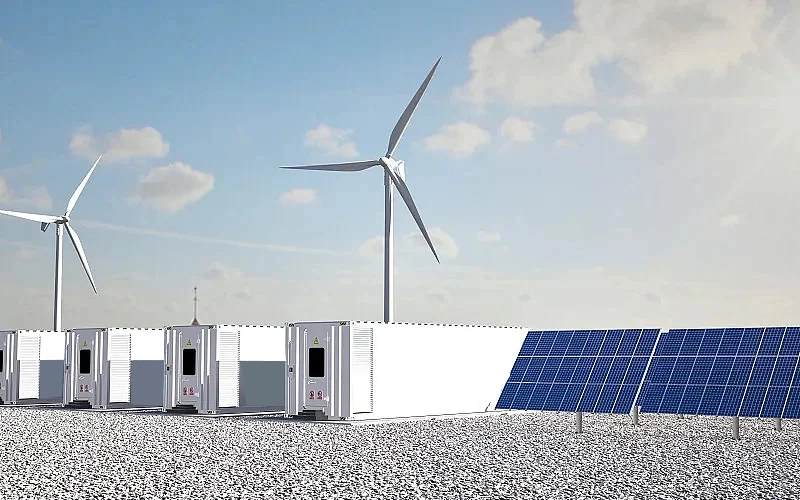
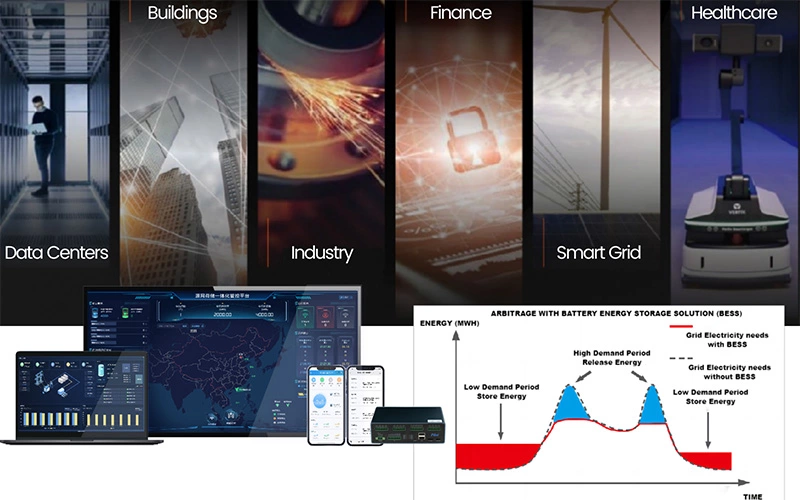
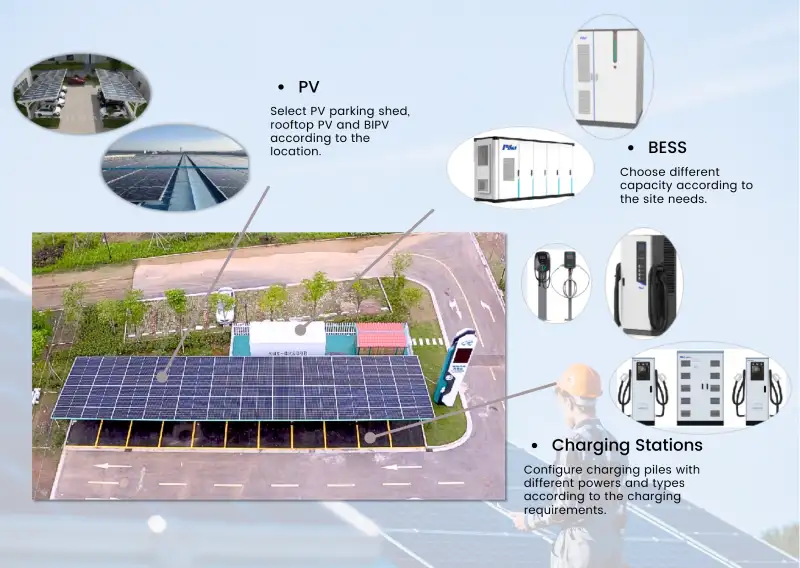
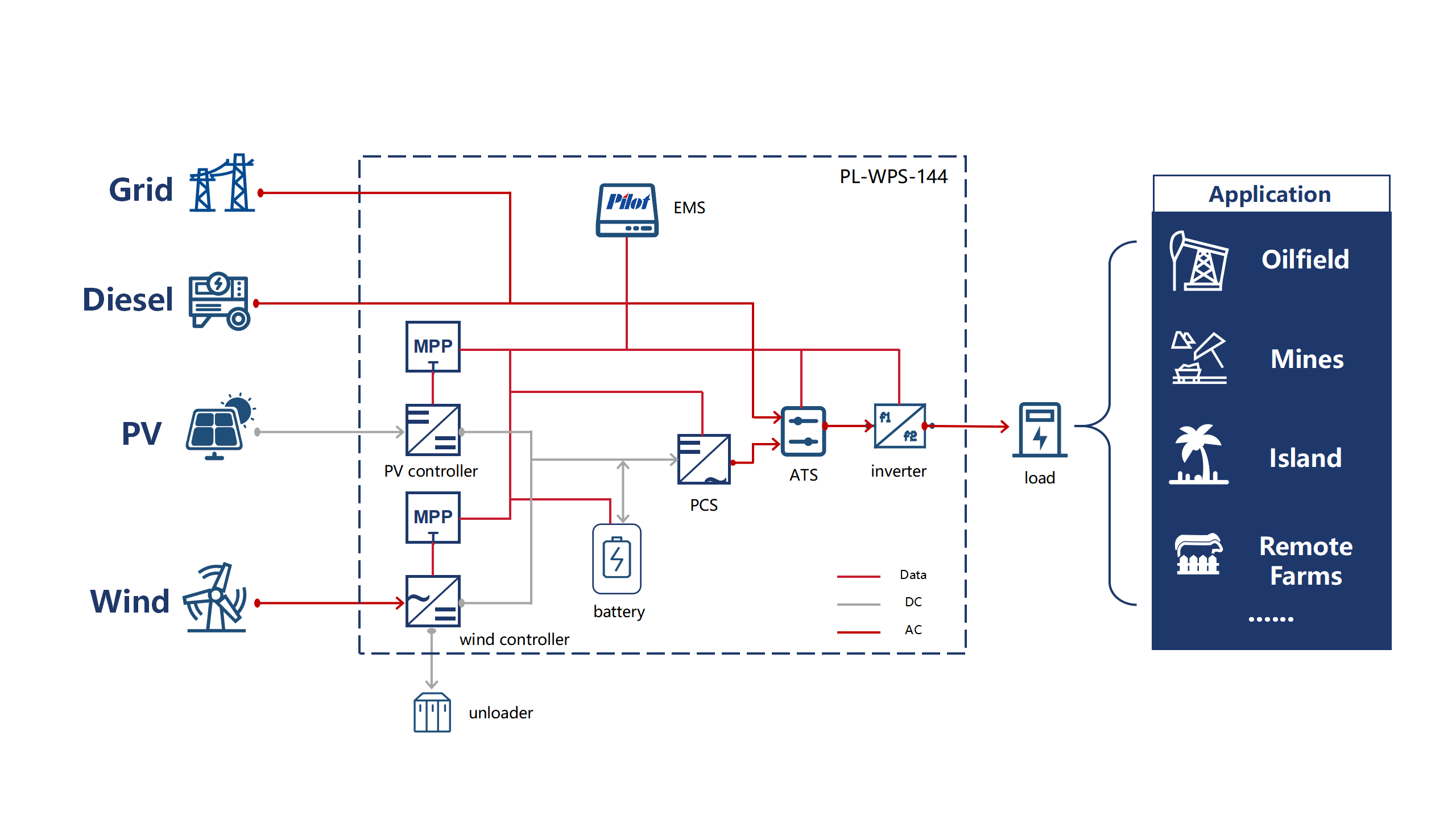
| Parameters / Model | PL‑ESS‑500/1075‑0.4‑L (DC + AC) |
| DC‑side parameters | |
| Cell Type | LFP energy storage cell |
| Grouping Method | 1P238S × 6 |
| Nominal Energy | 1280 kWh |
| Working Voltage | 666 V ~ 856 V |
| Rated Charge / Discharge Rate | 0.5 P |
| AC‑side parameters | |
| AC Rated Power | 500 kW |
| Rated Grid Voltage | 380 V |
| Rated Grid Frequency | 50 Hz |
| System parameters | |
| System Efficiency | ≥ 90 % |
| Depth of Discharge | 95 % DoD |
| Number of Cycles | ≥ 8000 |
| IP Rating | IP54 (PACK IP67) |
| Operating Temperature | ‑30 ℃ ~ 55 ℃ |
| Cooling Mode | Optional air cooling / liquid cooling |
| Fire Protection System | Perfluorohexanone PACK‑level + active early warning |
| Dimensions | DC side : 6058 × 1300 × 2000 mm AC side : 1300 × 1300 × 2200 mm |
| Weight | 18 t |
| No. | Type | Energy (MWh) | Power (MW) | DC Voltage | Grouping | Packs | Clusters | L × W × H (mm) | Weight (t) | Cell (Ah) |
| Air‑Cooling Configurations | ||||||||||
| 1 | 15‑ft Container 1000 V system |
0.52 | 0.25 | 627 | 1P14S | 14 | 3 | 4515 × 2438 × 2896 | 12 | 280 |
| 2 | 20‑ft Container 1000 V system |
1.28 | 0.64 | 761.6 | 1P14S | 14 | 6 | 6138 × 2438 × 2896 | 18 | 280 |
| 3 | 40‑ft Container 1000 V system |
2.56 | 1.28 | 761.6 | 1P14S | 17 | 12 | 12192 × 2438 × 2896 | 35 | 280 |
| 4 | 40‑ft Container 1500 V system |
3.27 | 1.64 | 1299.2 | 1P14S | 29 | 9 | 12192 × 2438 × 3200 | 46 | 280 |
| No. | Type | Energy (MWh) | Power (MW) | DC Voltage | Grouping | Packs | Clusters | L × W × H (mm) | Weight (t) | Cell (Ah) |
| Liquid‑Cooling Configurations | ||||||||||
| 1 | 20‑ft Container 1500 V system |
2.75 | 1.5 | 1228 | 1P14S | 8 | 8 | 6058 × 2438 × 2591 | 28 | 280 |
| 2 | 20‑ft Container 1500 V system |
1.28 | 0.64 | 761.6 | 1P14S | 17 | 6 | 6638 × 2438 × 2896 | 18 | 280 |
| 3 | 20‑ft Container 1500 V system |
2.56 | 1.28 | 761.6 | 1P14S | 17 | 12 | 6138 × 2438 × 2896 | 35 | 280 |
| 4 | 20‑ft Container 1500 V system |
3.27 | 1.64 | 1299.2 | 1P14S | 29 | 9 | 6638 × 2438 × 2896 | 46 | 280 |
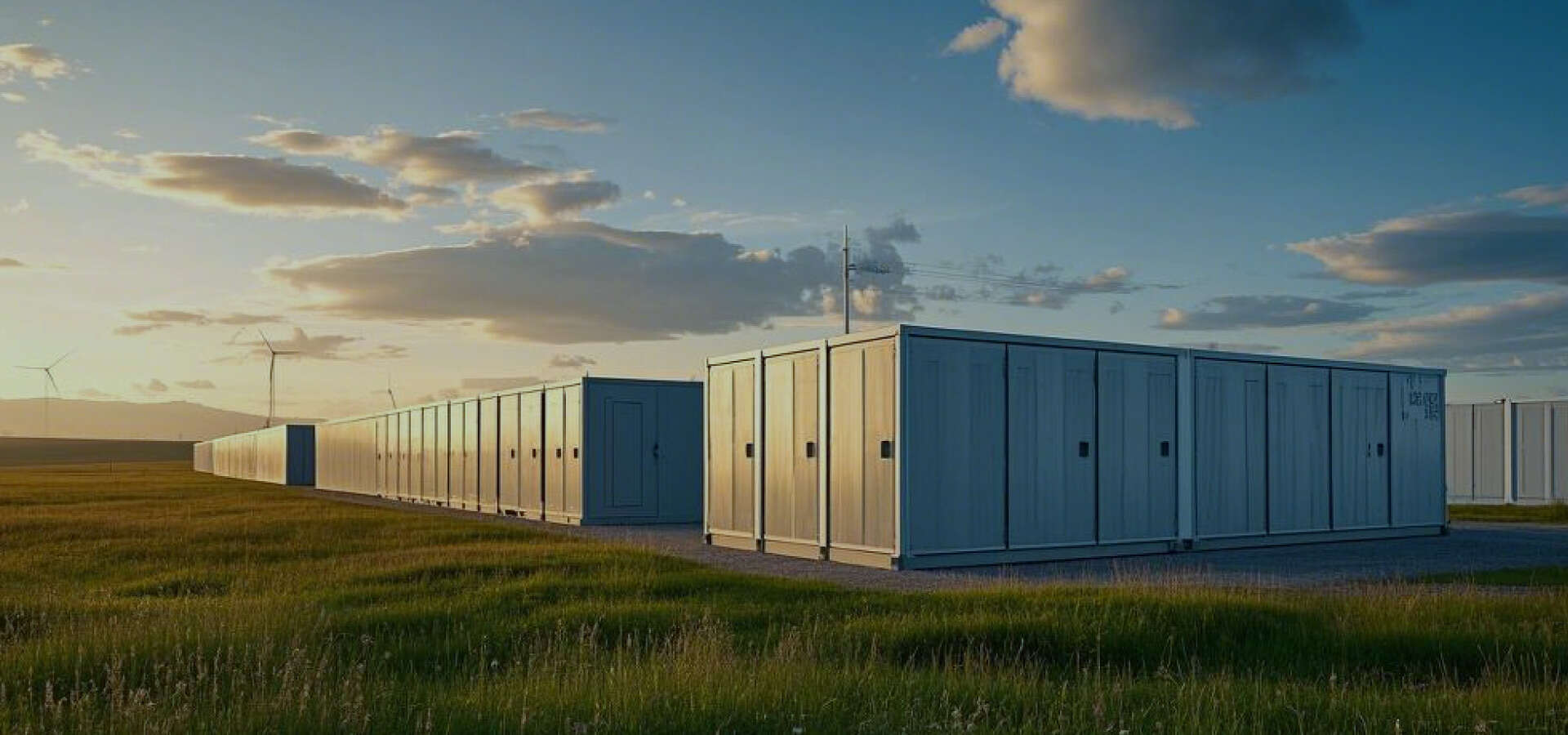
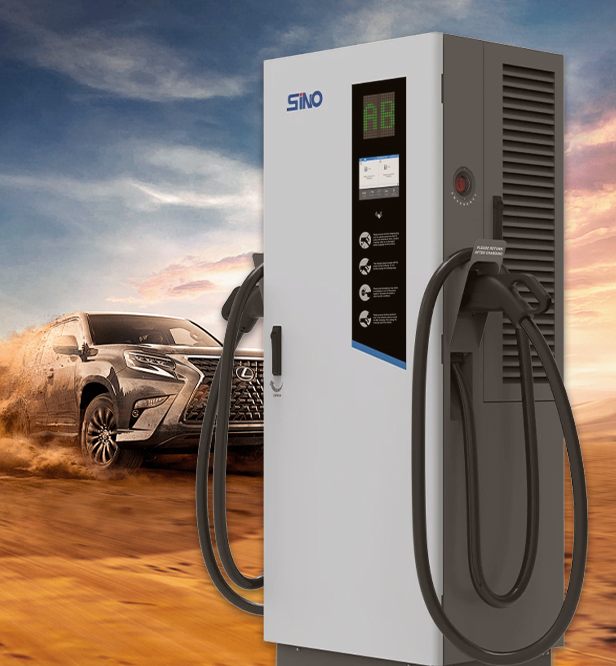
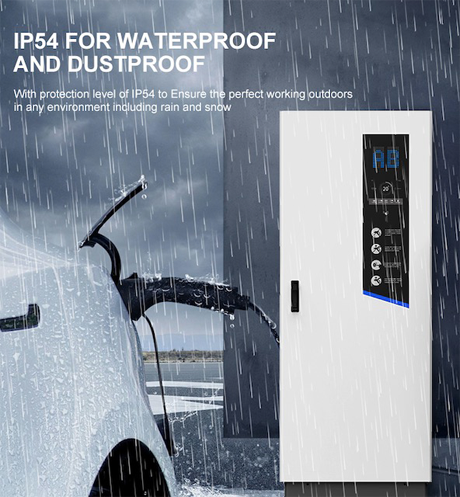
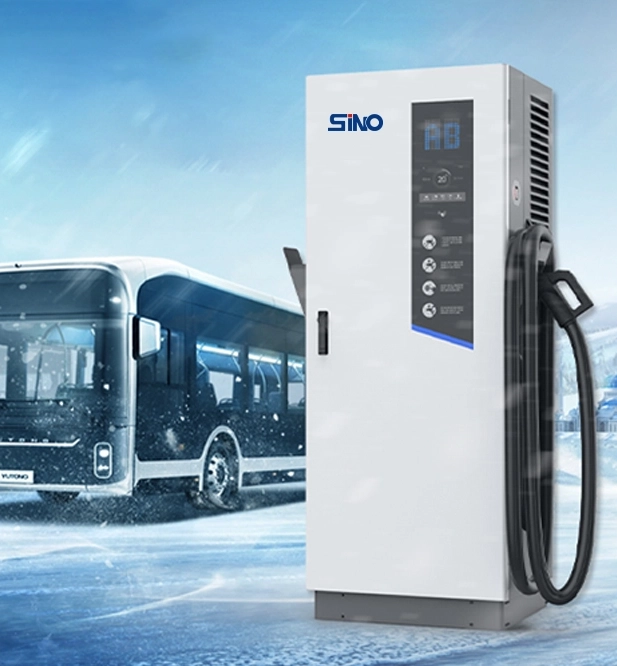
Drive revenue from EV chargers by setting charging fees or cross-selling other products and services while your customers charge. Offering EV charging in commercial spaces extends drivers’ dwell time, boosts spending, and engages more with your business.
Commercial charging powered by cheaper electricity, provides a cost edge over traditional fuels. This slashes carbon emissions, waste management, cleaning costs, and carbon-related taxes.
Let EV charging stations appear on public charging maps, not only catering to current customers but attracting new clients who discover your business online.
Enable drivers to charge regardless of the network or vehicle thanks to charging stations built on OCPP that are compatible with every EV.
Pilot designs to reduces costs associated with transport, installation, operation and maintenance to minimize total cost of ownership. With available power up to 480 kW, each dispenser can charge Max.8 EVs simultaneously, offering cost-efficient installation per kW and charging spot. Maintenance costs are reduced by remote monitoring and service.
EV chargers for business are designed to be weatherproof, shockproof, and can withstand 24/7 charging.
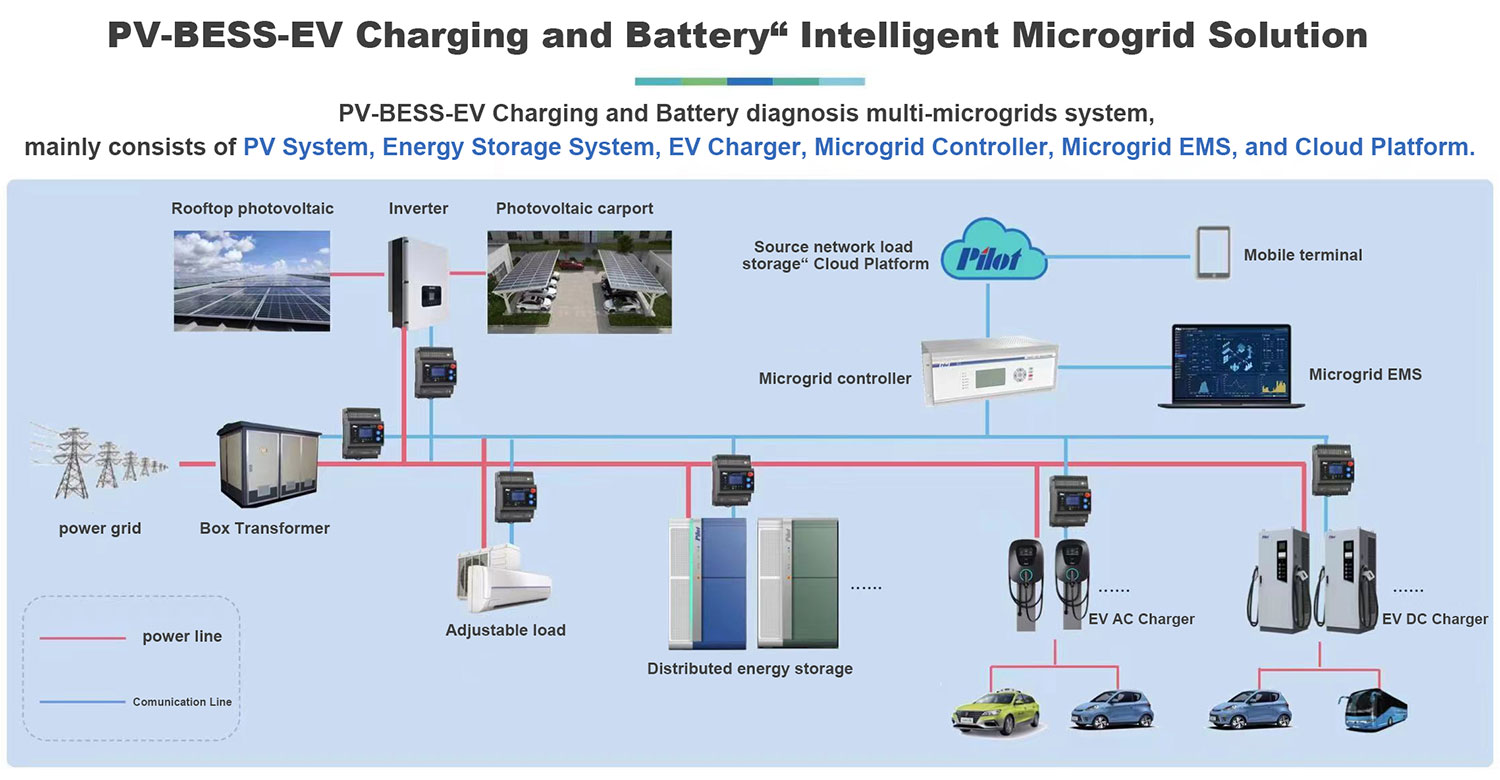
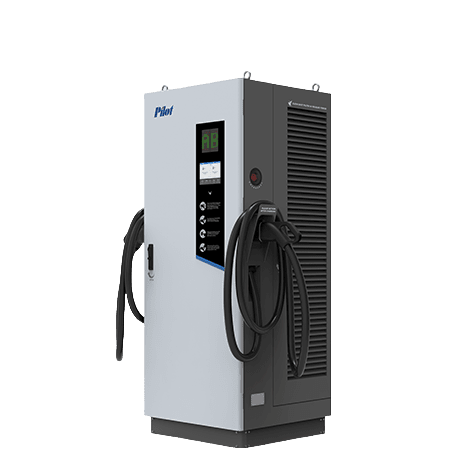
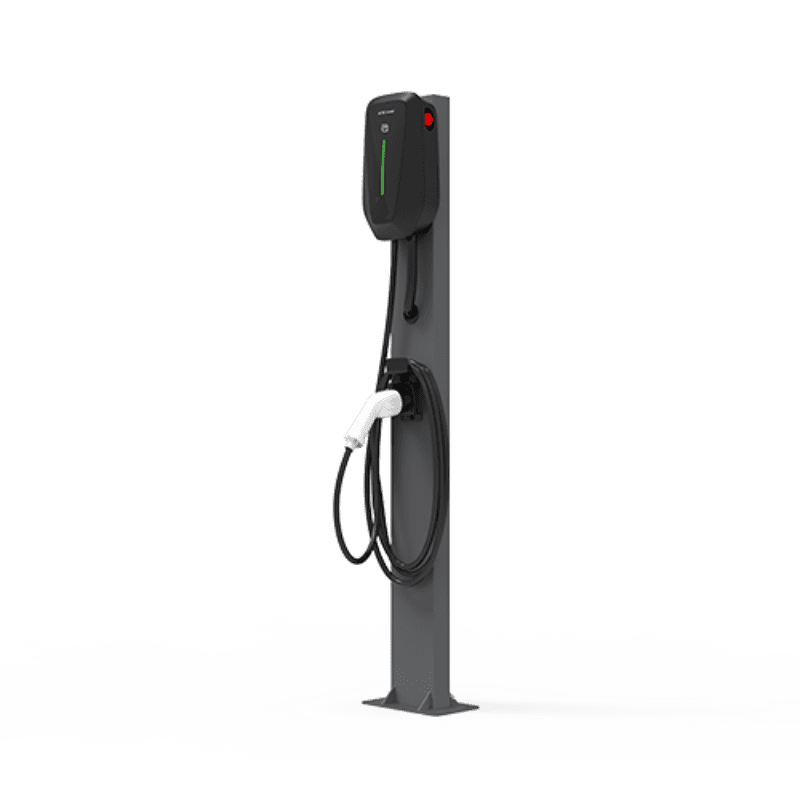
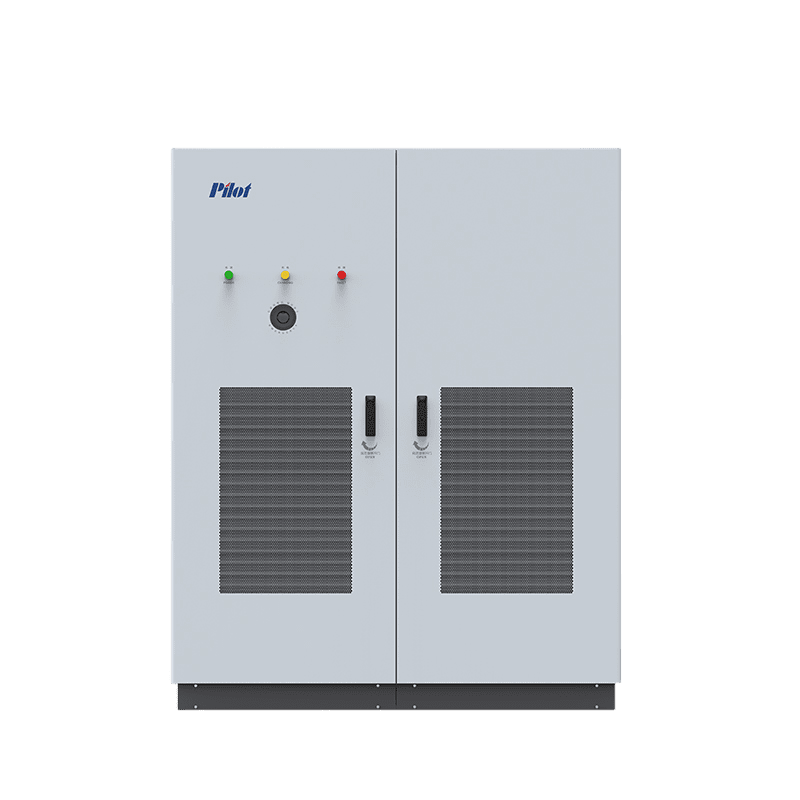
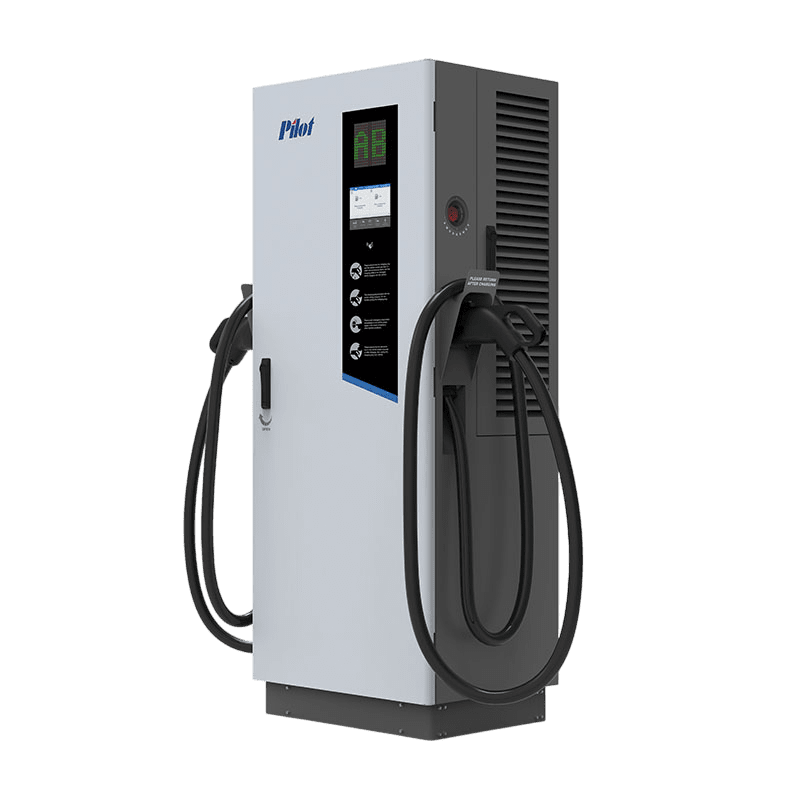
How can we help?